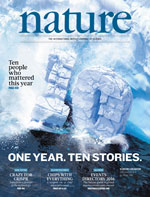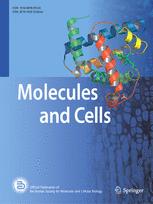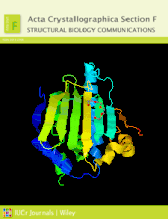A retired Nepali professor and six others have been barred from research after plagiarism and duplicated images were found in 11 of their papers.
Parashuram Mishra, a retired crystallographer at Tribhuvan University, in Nepal, is the lead author on all the studies. Most of the papers contain image duplications; the same figures were reused across multiple studies. But two figures that Mishra published, according to the university’s findings, were plagiarized from a 2010 study by a British team, and a 2020 study by researchers at the University of Monastir, in Tunisia.
Last December, Armel Le Bail, crystallographer at the Université du Maine in Les Mans, France, began flagging Mishra’s studies on PubPeer and his personal website. He reported his findings to the vice-chancellor of Tribhuvan University, Dharma Kant Baskota, on January 4th.
Continue reading Seven barred from research after plagiarism, duplications in eleven papers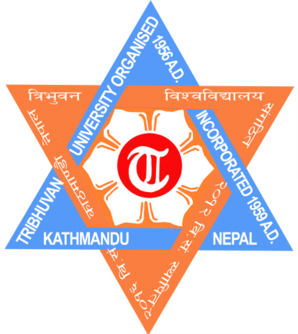
 In 2009, a university announced a prominent researcher in the field of protein crystallography had likely fabricated nearly a dozen protein structures. Nine years later, the U.S. Office of Research Integrity (ORI) has upheld the results — and announced a relatively long sanction, by the agency’s standards.
In 2009, a university announced a prominent researcher in the field of protein crystallography had likely fabricated nearly a dozen protein structures. Nine years later, the U.S. Office of Research Integrity (ORI) has upheld the results — and announced a relatively long sanction, by the agency’s standards. 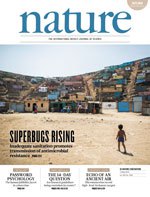 If you need evidence of the value of transparency in science, check out a pair of recent corrections in the structural biology literature.
If you need evidence of the value of transparency in science, check out a pair of recent corrections in the structural biology literature.